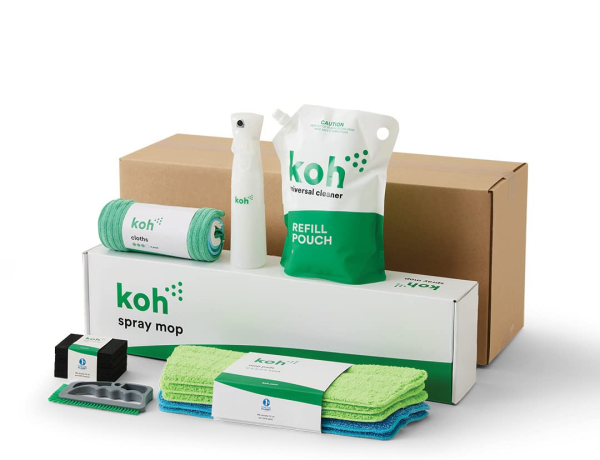Device Review: Cefaly – External Trigeminal Nerve Stimulation (e-TNS) for Migraine Relief
Device Name: Cefaly
Type: FDA-approved medical neuromodulation device
Use: Migraine prevention and acute relief
Mechanism: External Trigeminal Nerve Stimulation (e-TNS) via forehead electrode
Variants: Cefaly Dual, Cefaly Connected, Cefaly Enhanced
⭐ Overview
Cefaly is a non-invasive, drug-free neurostimulation device designed to reduce migraine frequency, intensity, and duration by targeting the trigeminal nerve—a key pain pathway in migraine and facial pain disorders. The device adheres to the forehead with an electrode and delivers mild electrical impulses.
It offers two main modes:
- Acute Mode: 60-minute sessions for active migraine relief
- Preventive Mode: 20-minute daily sessions to reduce migraine occurrence over time
Cefaly is particularly helpful for those with chronic migraine, medication overuse, or sensitivity to oral treatments—including people with multisystem conditions.
🌀 How Cefaly Supports the ALPIMS Framework
ALPIMS: Anxiety | Laxity | Pain | Immune | Mood | Sensory
Cefaly most directly supports the Pain, Mood, and Sensory domains, but it also offers indirect benefits in the Immune, Anxiety, and Laxity domains by reducing stress loads and medication dependence.
🔥 Pain Domain (Primary Focus)
- Directly targets migraine and head pain, reducing flare frequency and intensity.
- Helps individuals avoid NSAIDs, triptans, or opiates, which may be poorly tolerated or contraindicated in MCAS, IBS, or joint hypermobility.
🌿 Sensory Domain
- For some, Cefaly offers gentle desensitization of sensory pathways, easing light/sound sensitivity and head pressure.
- However, the sensation can feel intense—some may need to build tolerance gradually.
🌧️ Mood Domain
- Migraines often co-occur with mood fluctuations, depression, and irritability; reducing migraine frequency can improve emotional stability.
- Daily use can create a calming ritual, especially helpful in the yellow or green zones.
🧠 Anxiety Domain
- Provides non-pharmaceutical control over unpredictable symptoms, reducing anxiety about flare unpredictability or medication side effects.
- Can be paired with breathwork or meditation during use to regulate sympathetic overdrive.
🧬 Immune Domain
- Lowering migraine burden may reduce overall inflammatory and stress load, indirectly benefiting those with MCAS or autoimmune sensitivities.
- Reduces need for chemical exposure from medications that may worsen immune dysregulation.
🤲 Laxity Domain
- Migraines are more common in EDS and HSD due to cervical instability and blood flow issues; Cefaly does not aggravate joints, unlike some physical therapies.
- Lightweight, wearable—requires no grip strength or movement.
👥 Who Will Especially Benefit:
- Individuals with chronic migraine, sensory overload, or facial nerve pain
- MCAS, POTS, EDS/HSD patients who avoid pharmaceuticals
- Neurodivergent users with regulated sensory input tolerance
- ALPIMS patients looking for non-medication-based flare management
⚠️ ALPIMS Cautions:
- Sensory-intolerant users (especially in Red or Black Zones) may find the stimulation uncomfortable or triggering—start on low intensity, short duration, and build up as tolerated.
- Not recommended during severe shutdown, flares, or trigeminal hyperalgesia without supervision.
- Skin irritation can occur from adhesive pads—rotate placement and patch-test.
- Not a replacement for treatment of structural contributors (e.g., cervical instability).
📘 Disclaimer – ALPIMS-Aware Device Review
This review of Cefaly is for educational and non-commercial purposes only. It reflects a lay interpretation through the ALPIMS framework (Anxiety, Laxity, Pain, Immune, Mood, Sensory), which explores the overlap of chronic conditions and neurodivergent health needs.
This content was developed with the help of AI (ChatGPT) and is not affiliated with or endorsed by Cefaly Technology. It is not a substitute for medical advice, diagnosis, or therapy.
Always consult a neurologist or chronic pain specialist before beginning neurostimulation therapy.



